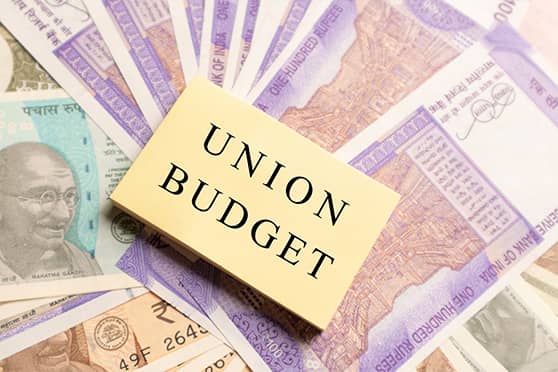The budget 2022-23 has been much awaited for boosting the green shoots of growth. The finance minister has struck the right chord by focusing on public investment to crowd in private investment, thus launching in motion the virtuous cycle of demand, investments, and jobs.
A real booster for the economy came with the proposed 35.4 per cent increase in the allocation for capital expenditure on top of the last year’s increase of 34.5 per cent. This move will take the economy a long way, in terms of pumping priming demand and private investment and creating jobs. It is noteworthy to mention that the capex push has been balanced well with fiscal consolidation, with fiscal deficit for FY23 pegged at 6.4 per cent. This is in line with the economic strategy of higher capex along with a gradual glide path for fiscal consolidation.
The capex push is not only limited to the spending by Union government, but the budget also proposes to support state governments in their capital expenditure. The increase in public expenditure will not only help speed up infrastructure development, create demand and shore up economic growth but would create the much-needed jobs and provide the requisite impetus to our development journey.
The budget proposals cater to multiple important dimensions of the Indian economy. It takes forward the thrust on infrastructure through the Gati Shakti interventions, which will boost the overall competitiveness of the Indian economy.
Adequate thrust on the key factors of growth in important segments has been imparted. For example, in manufacturing, Ease of Doing Business 2.0 is most welcome. Start-ups, which are the engines of innovation, job creation and social impact, have also been promoted through extension of the period of incorporation of tax eligible start-ups by one more year.
A fund with blended capital is proposed to finance startups for agriculture & rural enterprise. Defence R & D will also be opened up to start-ups along with industry and academia and 25 per cent of defence budget for R & D would be earmarked for industry. These are all significant steps to boost growth.
Yet another important area addressed in the Budget is Climate Change action and sustainability. The additional allocation of R 19,500 crores for the Production Linked Incentive for manufacture of high efficiency solar modules will help India achieve the ambitious target of 280 GW of solar capacity by 2030.
The plans for promoting circular economy, through interventions in 10 identified sectors and also on cross cutting themes such as infrastructure, reverse logistics, technology upgradation and integration will go a long way towards encouraging this nascent area.
The announcements for increasing digital penetration under BharatNet through PPP, increased outlay on Pradhan Mantri Gram Sadak Yojana (PMGSY) & Awas Yojana; push for fintech and setting up 75 Digital Banking Units (DBUs) in 75 districts by Scheduled Commercial Banks, augur well with the Government’s focus on equitable growth.
The Government’s consistent commitment to support the MSME segment is well reflected through the extension of the ECLGS upto March 2023 and an additional allocation of Rs 50,000 crores.
The Government’s responsive stance towards industry with a view to be a facilitator and regulator is seen in multiple consultations held. This synergy of Government and industry will take us towards the realisation of an advanced economy during the Amrit Kaal, the 25-year period to India@100.
(Chandrajit Banerjee is director-general, CII)










